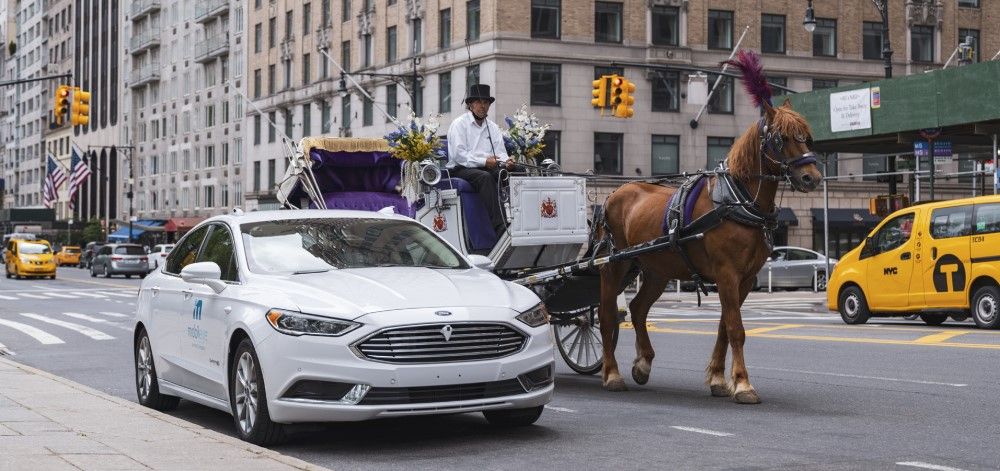
Intel driverless vehicle technology company Mobileye is now testing autonomous vehicles in New York City, the company announced July 20.
Jerusalem-based Mobileye, which Intel acquired in 2017, noted that if autonomous vehicles are to work anywhere, they need to be able to work everywhere. As such, the company sought to test its machines in one of the most challenging driving environments in the world — the streets of New York City, the largest, most densely packed city in North America.
“Driving in complex urban areas such as New York City is a crucial step in vetting the capabilities of an autonomous system and moving the industry closer to commercial readiness,” Amnon Shashua, senior vice president of Intel and president and CEO of Mobileye, said in a statement.
Mobileye has secured what is currently the only permit to test autonomous vehicles in New York. The company noted the city posed seven major challenges:
* Pedestrians: Jaywalking is common in many cities, but in New York City, it is especially rampant, and is coupled with a high number of pedestrians. An AV must make assumptions about the behavior of those pedestrians and factor those assumptions into its driving policy. Humans do this instinctively, whereas machines must be programmed for it.
* Driving behavior: When streets are clogged, drivers become impatient and aggressive. New York City drivers, especially cabbies and other professionals, are much more assertive than drivers in other cities.
* Traffic density and road user diversity: Although car ownership in New York City is low compared with other large U.S. cities, the number and variety of road users is especially dense. New York City has more than its share of cabs and limousines, buses, trucks, food carts, horse-drawn carriages, emergency vehicles, bicycles, scooters, skateboards, and so on.
* Double-parking: The question of who is parked and who is not is easier for a human to answer than a machine, and New York City’s population density contributes to a high number of delivery vehicles that must stop to unload. As a result, double-parking is ubiquitous. AVs usually struggle with this problem; Mobileye’s AVs take clues from other road users to decide when to maneuver around what may be a double-parked vehicle.
* Construction: New York City is one big construction zone. Mobileye aims to learn about construction-related issues such as blocked or closed lanes from cars already on the road, as opposed to the special mapping vehicles that some other competitors rely on. Mobileye does license data from this crowd-sourced method to municipal services for their usage, the company noted.
* Tunnels and bridges: The island of Manhattan is connected to the surrounding areas via 15 tunnels and 21 bridges, many of which contain narrow lanes framed with bollards or cones, which can confound many AVs.
* Lights: Although Paris gets the name “city of lights,” Manhattan is electrified at night. The visual noise and light pollution is daunting to an AV’s sensing system.
In addition to New York, Mobileye is currently testing its AVs in Detroit, Munich and Israel. The company expects to soon expand testing to Tokyo, Shanghai, and Paris.

